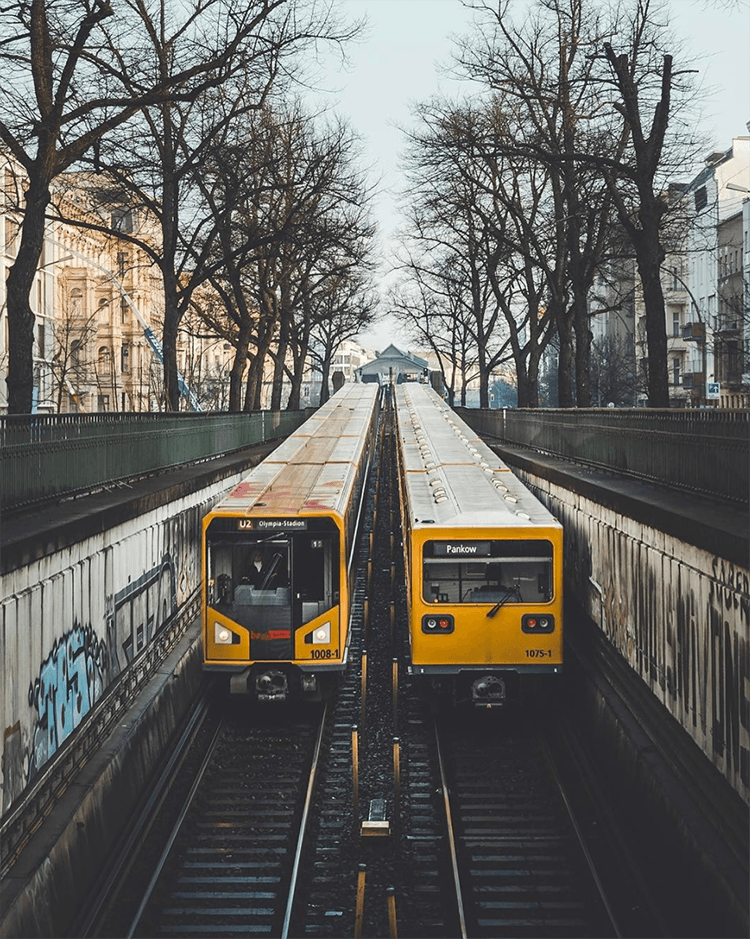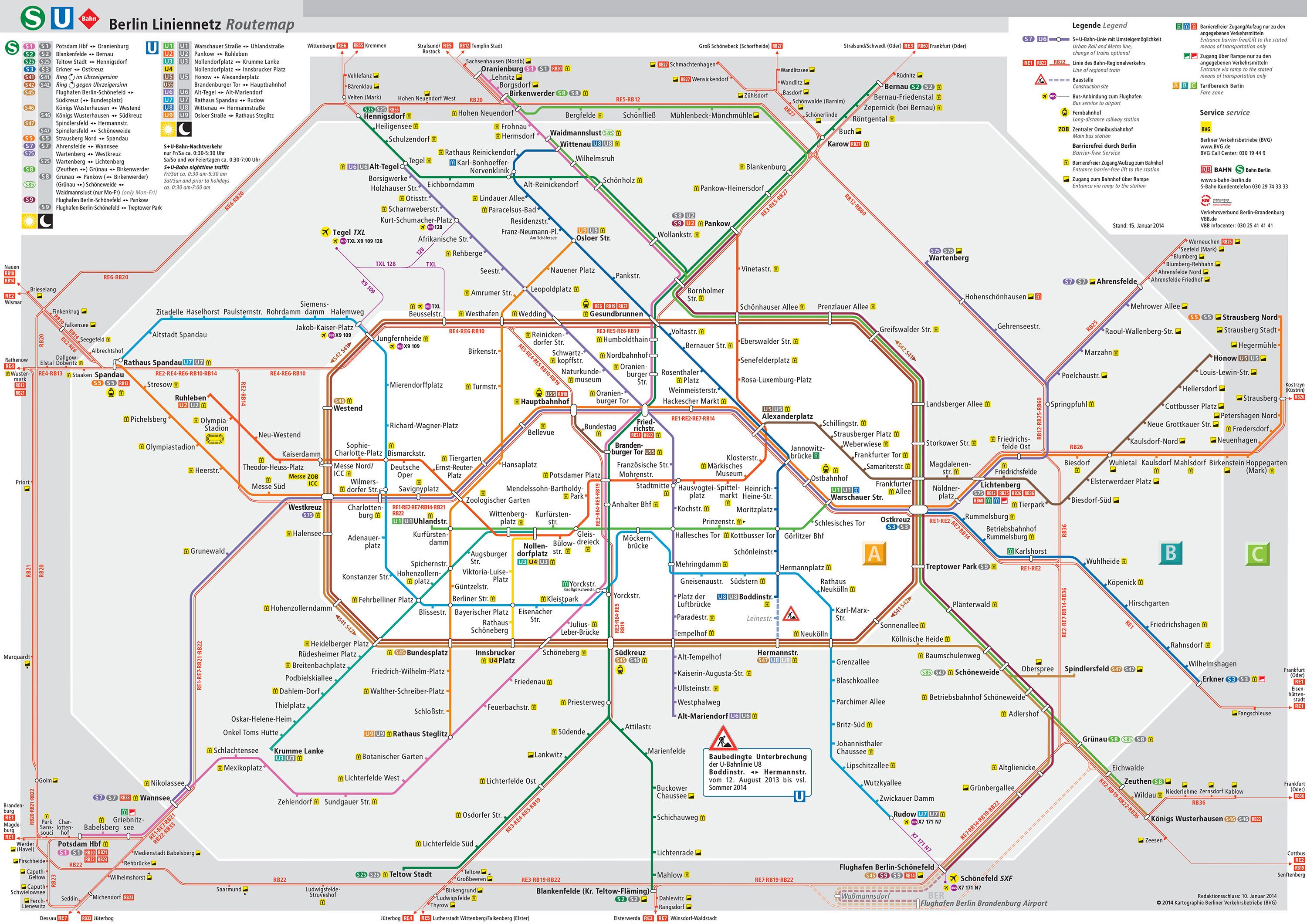7 things the TTC could learn from one of the world's best transit systems

Allow me to preface this article without a personal horror story or likening a journey on the TTC to navigating the Oregon Trail.
In fact, let’s start on a positive note, because life aboard North America’s third-largest transit system (rapid and light rail combined) has improved considerably over the past half decade or so.
We have a pleasant connection between the airport and downtown core; an 8.6-kilometre subway extension is set to open by the end of this year; Wi-Fif is currently available at 53 stations; smart card fare payments are …arriving; and delays, the majority of which are your fault anyway, are down 40 per cent since 2014.
That said, unofficial data shows that Torontonians, when riding an elevator with an unfamiliar coworker, complain first about the TTC before moving onto the weather. Indeed, there’s certainly merit behind our collective disdain.
I currently live in a city that boasts one of the world’s top transit systems (Berlin), which makes it easy to spot areas of improvement when I return to visit Toronto. Not all transit flaws can be attributed to the TTC, of course – shortsighted urban planning, political friction, and strife over funding all play a role. And unlike in Toronto, Bombardier actually delivered Berlin’s trains.
But there are also decades of ineptitude at play.
With the German capital as a benchmark, here are 7 things the TTC can learn from one of the world’s best transit systems…
Full 24-hour service on weekends
Yes, there is the mythical Blue Night Network, but nobody has the time to learn a new system of routes at 3 am when Uber’s at 3x surge pricing and “hey, u up?” is about to expire. Most frustrating of all, perhaps, is that the subway completely shuts down at 1:30 am. Berlin, by contrast, operates all lines 24 hours from Friday to Sunday, with buses overnight during the week that mirror the train lines and stop at all of the same stations, plus more in between.

Almost 40% of Berlin’s population takes transit to work. Photo: https://www.instagram.com/zerletti/
Streetcars shouldn’t share the road with cars
Anyone who’s ever travelled the King or Queen streetcar routes can attest to the nightmare of having to share the road with cars. And vice versa. What’s worse is that streetcars in Toronto run along the inside lane of a two-lane street, which means car and bike traffic must come to a full stop every time the streetcar does. This creates a molasses running through a funnel effect, which is evident every time you see six streetcars in a row with the seventh 20 minutes over the horizon.
Eliminate parking on the side of the street
This one exacerbates the above point. Ceding one of two lanes to parked cars is objectively awful urban planning, especially when streetcars, motor vehicles, and bikes are battling it out for the remaining real estate. Allowing cars to park on the side of the street benefits, like, 10 people in an entire block while inconveniencing hundreds, if not thousands of commuters.
Transit should dictate urban development, not the other way around
Looking at Berlin’s transit map, you can see that every corner of the city is served by either above or underground rail. A common argument when comparing the TTC to transit systems in Europe is that Toronto’s concentrated density nullifies the need to expand subways beyond the current horizontal-line-and-upside-down-bobby-pin-configuration. To that, I say, “build it and they will come.” Proximity to transit is critical criteria for most people when choosing a place to live. Put a subway station near Rockcliffe-Smythe and watch it become the flourishing neighbourhood it’s supposed to be.

Berlin’s subway and above-ground transit map.
One system
Between the TTC, GO, and VIA, it’s hard to figure out what the hell is going on if your journey, God forbid, should entail crossing boundaries. Here’s how it should work:
- You are somewhere in the GTA and want to go somewhere else in the GTA.
- You pay based on a fare zone structure, and are free to liaise between vehicles of any transit authority that will get you to your destination.
Berlin’s S-Bahn, the overground network of trains, as well as regional trains to further destinations within the extended network, are integrated into the pricing and schedule of the transit system as a whole. I truly wouldn’t wish reading a GO schedule upon my worst enemies.
A short-trip option
Even if you just need to travel a few stations, it’ll still cost you the full single journey fare price. It would be reasonable to introduce a reduced fare for people travelling shorter distances, or to introduce options beyond single journey, weekly, or monthly passes. Short trip journeys in Berlin are $1.30 cheaper than the regular fare and constitute three stops on the subway or above ground train, and six stops on the streetcar or bus. You also have the option of buying four passes for approximately the price of three, which can be validated individually at any time.
Do away with showing your pass and transfers
The solution? An honour system. Now, before you think being financially dependent on human morality is a terrible idea (which it is), let’s consider a shift in staff duties. If all fare collectors were employed as fare inspectors, passengers would probably be inclined to be honest – no one needs the added stress of looking out for transit cops on their commute. Plus, all income from penalties would probably add up to be more than any lost revenue in fares. This is the mostly-good system in Berlin, where a single journey, even if interrupted, is valid for two hours (return trips aren’t permitted).
And, just for fun, a few statistics comparing Berlin and Toronto’s transit situations:
Population:
Toronto: 2.7 million
Berlin: 3.5 million
City size:
Toronto: 630 km²
Berlin: 890 km²
Number of train stations:
Toronto: 134 (including GO; + 6 by the end of 2017)
Berlin: 339 (subway and above ground)
Subway length:
Toronto: 68 km
Berlin: 152 km
Daily subway ridership:
Toronto: 762,000
Berlin: 1.38 million

